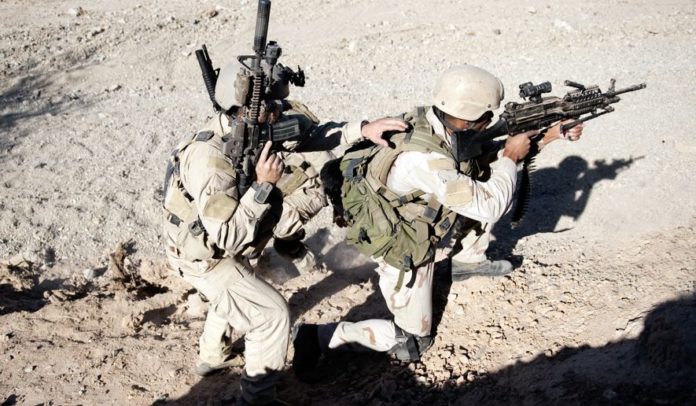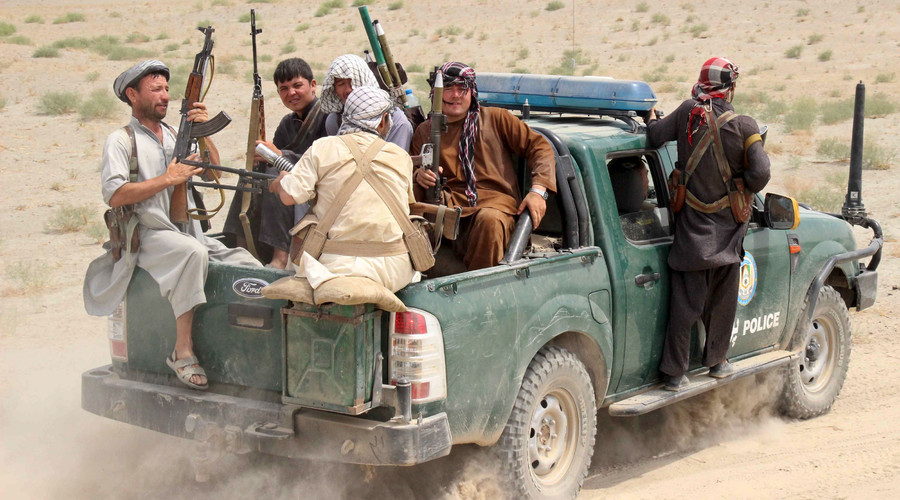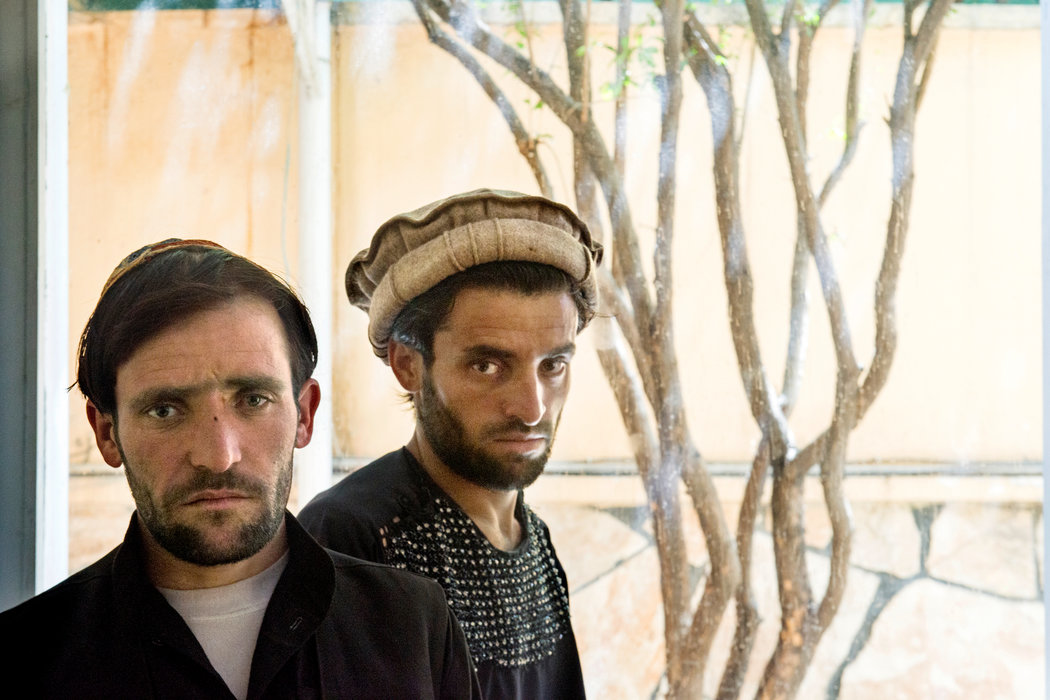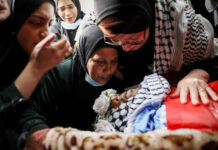
Afghan prisoners were bound, and while they were helpless three Navy SEALs and their Afghan Local Police trainees would drop heavy rocks onto their chests- this account comes from eye witnesses (fellow soldiers) who also say that the SEALs would stand on the detainees’ heads, kick them, hit them with antennas and riffle butts and pour water onto their faces.
One prisoner would die from this treatment.
Hours before the incident, a bomb was detonated at a checkpoint manned by the Afghan Local Police- men who were being trained by the SEALs. One Afghan Police trainee would die from the blast.

The Afghan Local Police (the militias of Afghanistan are often as cruel as the Taliban, and have used their power to steal, extort and kill) were in a vengeful mood and rounded up six or more “suspects” from a village market in Kalach. The men (three itinerant scrap merchants and a few villagers) were escorted to an American outpost, beaten en route.
Instead of stopping the unwarranted abuse, men from SEAL Team 2 decided to join in: one “jump-kicked this guy kneeling on the ground,” according to Army medic Specialist David Walker. Two other SEALS would also take part in the sordid affair. The trainees and their mentors would together (talk about hands-on teaching; bet the Police learned all about the ideals that made America great) torture the detainees senseless, leading to the death of one man.
Four American soldiers who were working with the SEALs bore witness to the beatings, and a Navy criminal investigation would find that two Navy support personnel and one Afghan Police officer had also witnessed the cruelty.
Nonetheless, in a closed disciplinary process, SEAL command would clear Team 2 of wrongdoing- they would also ignore a Navy lawyer’s recommendation that the three face assault charges, and did not court martial the assailants.
In fact, for their exemplary instruction of the local police, two of them and their lieutenant have been promoted.

“It just comes down to what’s wrong and what’s right,” Specialist Walker said in a recent interview. “You can’t squint hard enough to make this gray.”
This wasn’t just an isolated incident, a sudden misfiring of a synapse in a SEAL’s brain; some of the SEALs had thrown grenades over the base walls, fired high-calibre guns at passing vehicles, struck children in the face with slingshot-flung hard candy… all in the name of fun.
The abuse of prisoners is considered to be one of the most serious offences an American service member could commit, and military justice experts have reported to The Times hat it was not just for SEAL command to treat the incident as an internal disciplinary matter. Instead, they should have referred the case for an article 32 review to be considered for a court-martial.
“It’s unfathomable,” said Donald J. Guter, who is a retired rear admiral. He is also a former judge advocate general of the Navy, and was in charge of all its lawyers. “It really does look like this was intended just to bury this.”
Navy officials however have defended the actions of the SEAL captain, who apparently had the authority to judge the matter as he wished.
Captain Robert E. Smith, who was in charge of the SEALS at the time, said in a statement that conflicting statements from the Army and Navy witnesses “did not give me enough confidence in their overall accuracy to hold the accused accountable for assaults or abuse, or warrant Article 32 proceedings.” Also, he said that the SEALS had denied their involvement in the abuse.
While the SEAL training program were ostentatiously designed to create a warmer relationship between Afghan civilians and the US troops, there is no doubt that this episode and the American “justice” system only caused the rift between the two to widen further.
As Hajji Ahmad Khan Muslim Gizabe, a prominent elder in Kalach would say, the Police “were like dogs, and the Americans were the masters,” said “The masters would follow behind the dogs, telling them what to do.”
Sources: Washington Times, RT, NY Times
This Article (US Navy Seals Cover-Up Death And Torture Of Afghan Civilian “Suspects”) is free and open source. You have permission to republish this article under a Creative Commons license with attribution to the author(CoNN) and AnonHQ.com.




